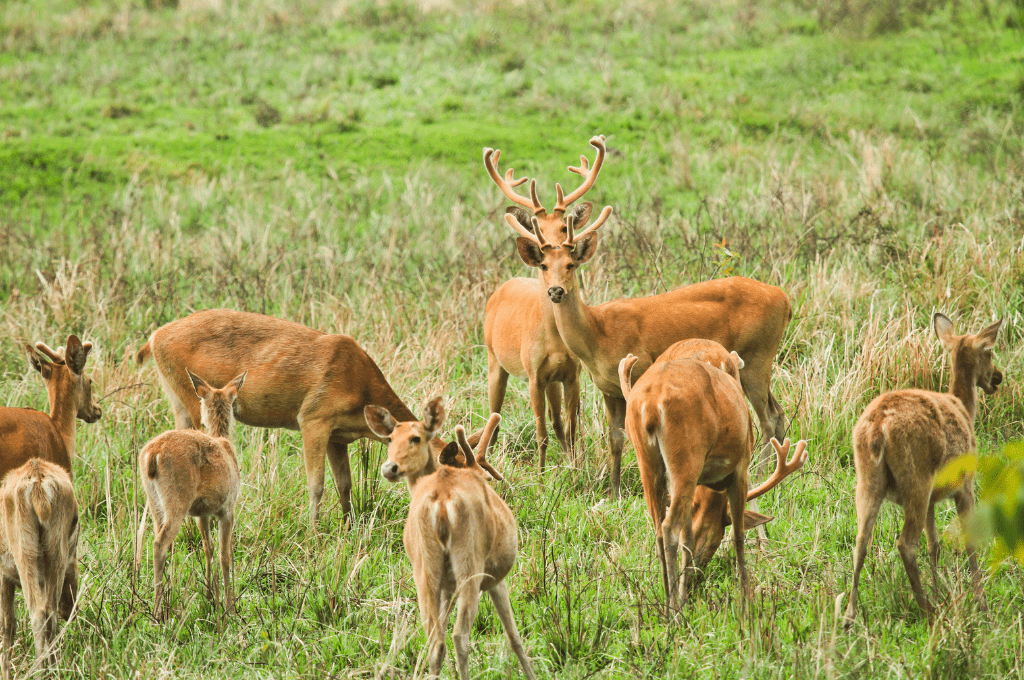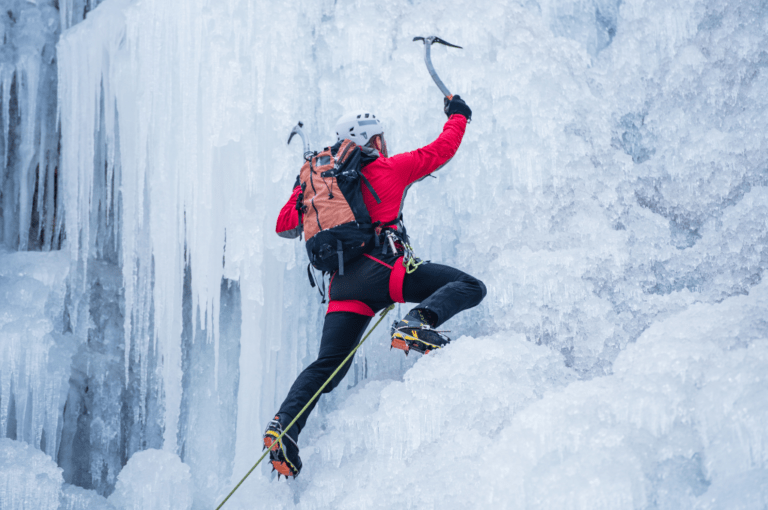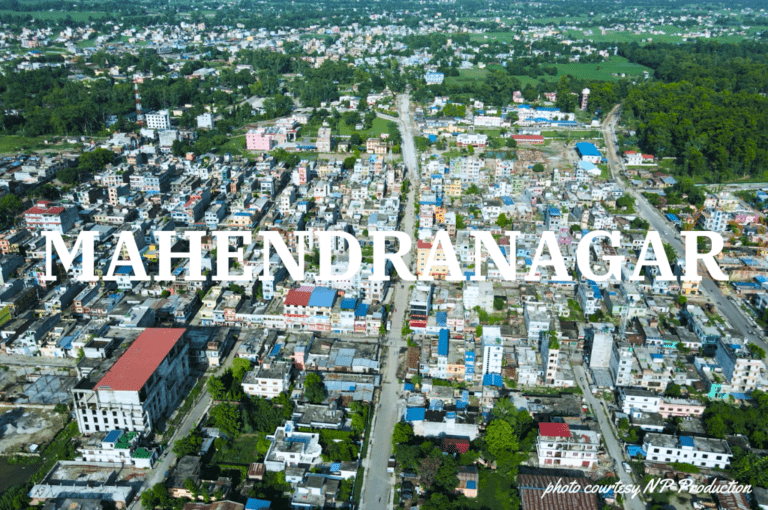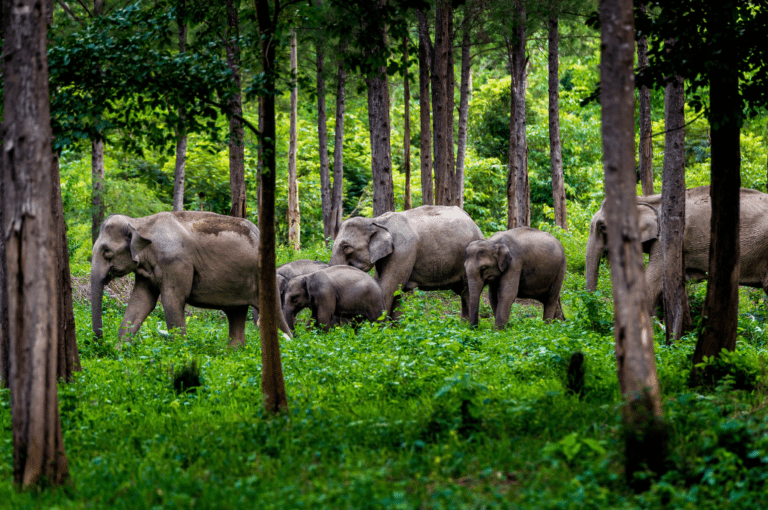Welcome to the magnificent world of Shuklaphata National Park. This is how to visit Shuklaphata National park Guide. Park is the home to the world’s largest herd of twelve-horned swamp deer, eagerly awaiting visitors from every corner of the globe. Have you ever encountered a wild animal that completely captivated you, halting you in your tracks? Within this park, a vast expanse of flat grassland hosts an array of mesmerizing creatures you wouldn’t want to miss. But one of the most remarkable sights is the grand assembly of the twelve-horned swamp deer.
The moment I stumbled upon the herd, just a few hundred meters away, remains etched in my memory forever. I was left awestruck, my mouth agape, and my eyes transfixed on these majestic beings. Observing animals in their natural habitat often transcends time itself, leaving us entranced as we absorb their immense size, unique shapes, distinctive sounds, vibrant colors, and every graceful movement. It is an experience that fills us with fascination and wonder, evoking a sense of joy, tranquility, and boundless energy.
Located in the Bhimdatta Municipality of Kanchanpur, Shuklaphanta National Park has a captivating history. Initially established as a hunting reserve in 2026 BS, it was later declared as the Shuklaphanta Wildlife Reserve in 2032 BS, encompassing an area of 155 sq km. Subsequently, in 2036 BS, the park was granted an extension of 150 sq km from the eastern side, culminating in the present enclosed area of 305 sq km. In a momentous declaration in the year 2073 BS (2017 AD), the park was officially christened Shuklaphata National Park, securing its place as a sanctuary for these remarkable creatures and their diverse ecosystem.
As you set foot in Shuklaphata National Park, the mesmerizing wilderness will undoubtedly take your breath away. The harmonious coexistence of the park’s diverse flora and fauna is a testament to the delicate balance of nature. Prepare yourself for encounters with not only the extraordinary twelve-horned swamp deer but also an assortment of other captivating creatures that call this park home.
Visiting Shuklaphata National Park offers a rare opportunity to reconnect with nature’s wonders, reminding us of the precious bond we share with the animal kingdom. So, pack your curiosity, wonder, and a sense of adventure as you embark on a journey that will leave an indelible mark on your heart. Prepare to be enchanted and inspired by the magnificent wildlife that thrives in this sanctuary of serenity and splendor.
The climate
The park region has a subtropical monsoonal climate, with the monsoon generally occurring from June to September. The autumn season brings pleasant days and cool nights with occasional rain throughout the far west of Nepal. The temperature in winter, which begins in December and ends in January, falls as low as 7 degrees Celsius. While during summer, which starts in February and ends in May, the temperature rises up to 45 degrees Celsius.
Things to do in Shuklaphata National Park
There are so many fun things to do in national parks. The national park offers a wide range of activities. As well as exploring this pristine jungle, there are so many beautiful places to visit around the park. These are some of the best things you can do within the boundaries of Shuklaphata National Park.
1. Bird Watching
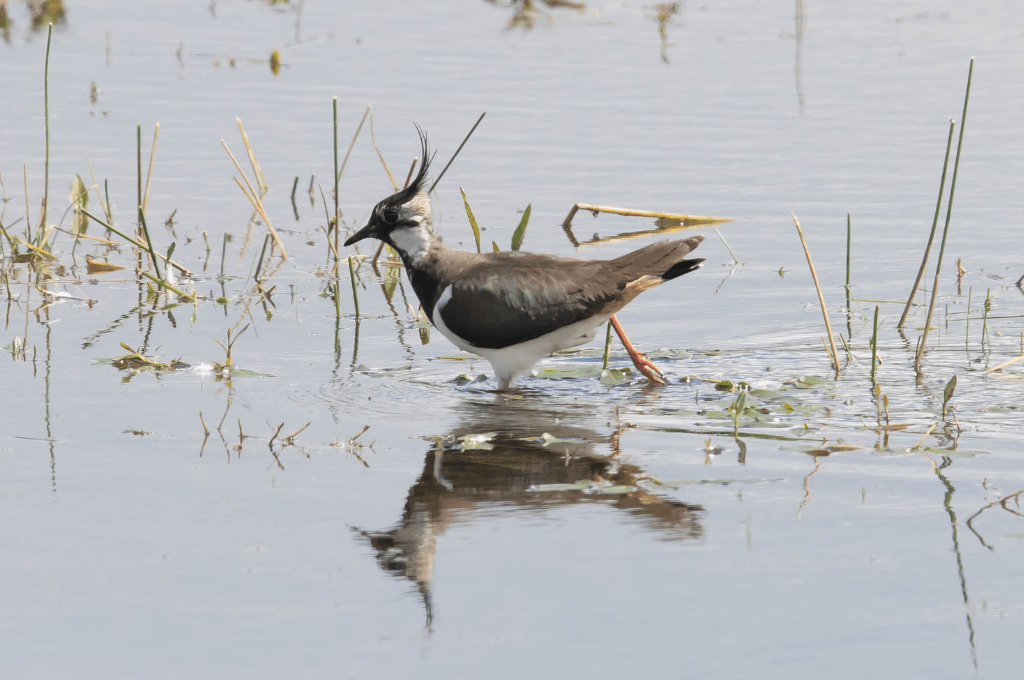
Embark on an enchanting journey of birdwatching at Shuklaphata National Park, where time seems to stand still, and nature’s avian wonders take center stage. While many visitors initially plan for a fleeting day or two, they find themselves irresistibly drawn to stay for several days, captivated by the allure of birdwatching. Amidst the park’s captivating landscapes, it’s not the herds of swamp deer or the regal tigers that steal their hearts; instead, it’s the captivating birds that leave them awe-inspired and spellbound.
Despite its abundant natural treasures, the park’s true potential remains relatively undiscovered among both local and foreign visitors. Regrettably, the art of birdwatching within this sanctuary hasn’t received the widespread promotion it deserves. However, discerning eyes have uncovered the hidden gems within the park. The grasslands of Shuklaphata and the serene banks of the Mahakali River stand as essential hubs for birdwatching enthusiasts. A recent bird census revealed a delightful surprise – 26 new bird species, elevating the total count of bird species found in the reserve to an impressive 450.
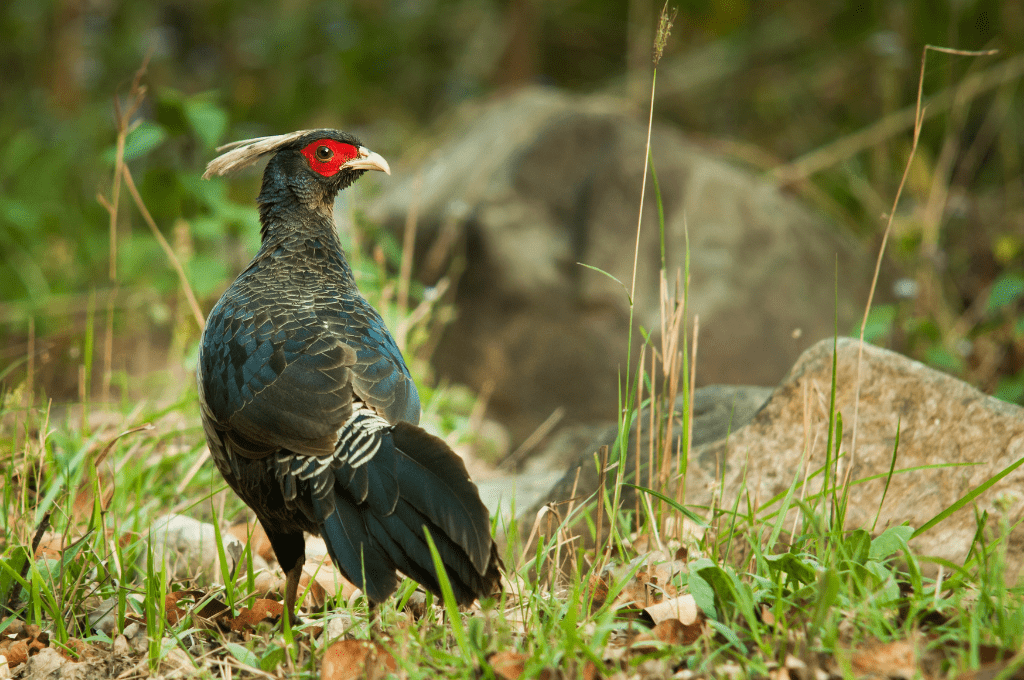
Delighted by the abundance of avian diversity, one visitor enthusiastically declared, “Shuklaphata is a great place for bird watching. The park’s biological diversity provides an array of habitats for these winged marvels.” To immerse oneself in this avian wonderland, the lakes, ponds, rivers, and neighboring farmlands are touted as the best vantage points for observing these feathered creatures in their natural habitat.
In the heart of Shuklaphata National Park, a symphony of bird calls awaits, creating a captivating chorus that resonates with every birdwatching enthusiast. As the sun rises and sets, let us join hands to unlock the park’s full potential and reveal the joy of birdwatching to a wider audience. By celebrating the diversity of birdlife and promoting this hidden treasure, we can ensure that Shuklaphata National Park becomes a sanctuary where both seasoned and novice birdwatchers can immerse themselves in the wonders of the avian world. So, let the wings of discovery take flight, and let us be awestruck by the magic of birdwatching in this extraordinary wilderness.
3. Jungle Safari
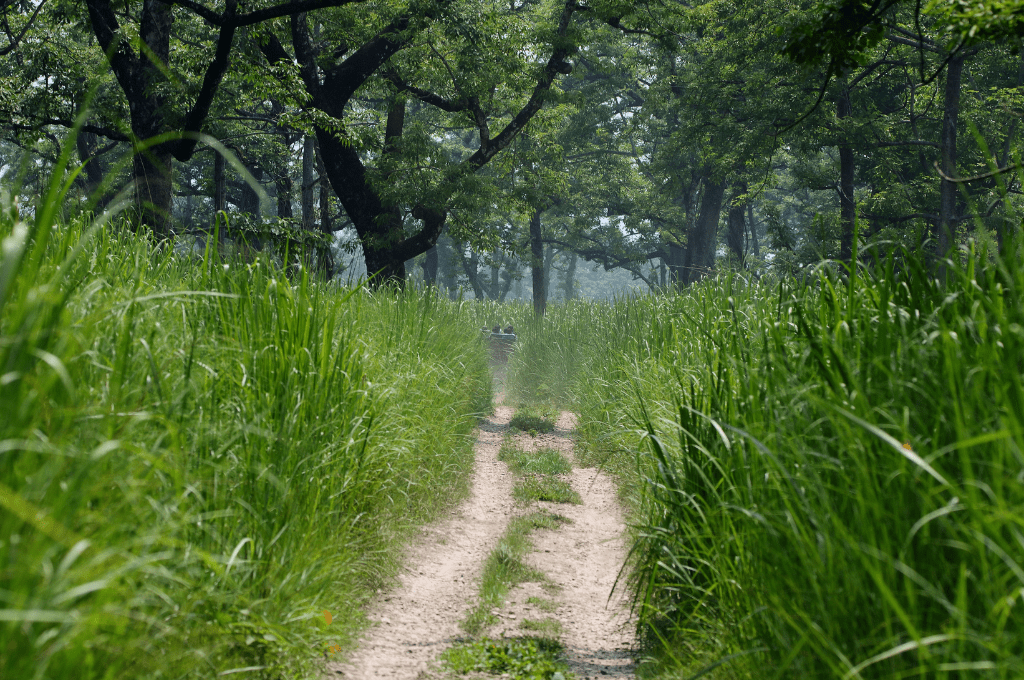
Embark on an extraordinary adventure with a Jungle Safari at the enchanting Shuklaphata National Park, where nature’s marvels thrive in their untamed glory. This sought-after experience promises an unparalleled opportunity to witness wild animals, vibrant bird species, and exotic flora flourishing in their natural sanctuary.
Prepare for an exhilarating journey through this pristine wilderness, as you choose from a variety of thrilling options, including heart-pounding jeep rides, enchanting elephant safaris, or immersive guided walks. To ensure both safety and a truly enriching experience, we highly recommend the expertise of well-trained guides—an endorsement echoed by the esteemed National Park Authority, given the awe-inspiring presence of magnificent creatures like tigers and leopards.
As you venture into the heart of Shuklaphata, be prepared for unforgettable moments, capturing wildlife in its raw splendor, and immersing in breathtaking vistas. With an astonishing array of 56 mammal species, 450 bird species, 56 reptile species, 15 amphibian species, and 24 fish species, the park is a treasure trove for nature enthusiasts and passionate photographers.
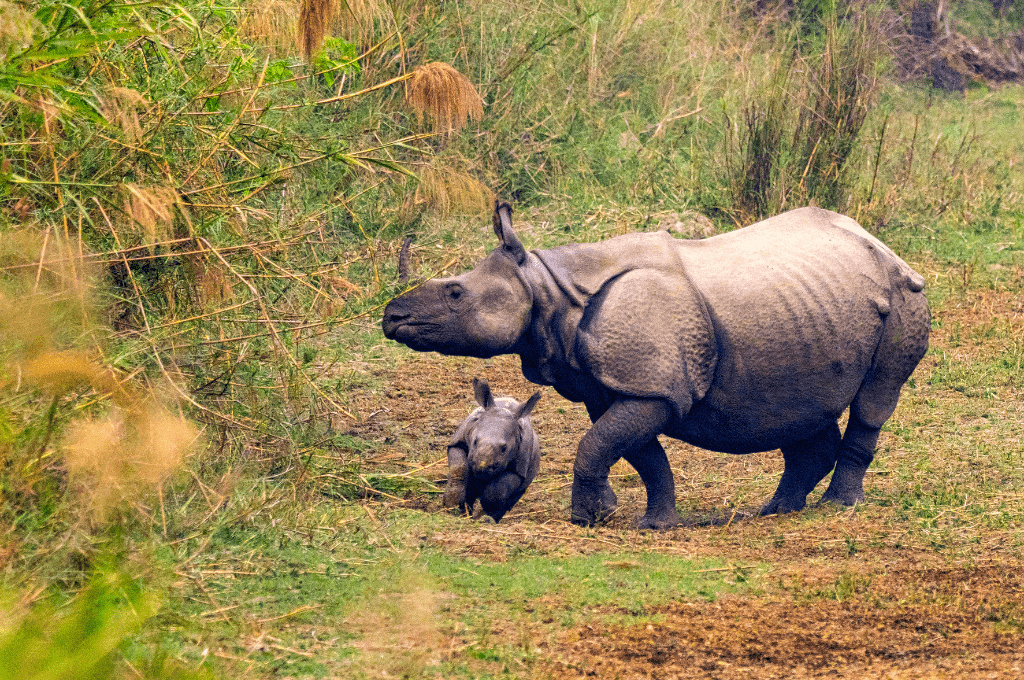
Wander through the enchanting Savannah grasslands, where a diverse tapestry of wildlife thrives, and stand in awe of the life-giving rivers, streams, lakes, and wetlands—essential havens for the park’s inhabitants. Majestic rivers like Mahakali, Chaudhar, Radha, and Syali sustain a delicate ecosystem, while the Bahuni and Lalpani streams, alongside the crucial irrigation canal between Barnikheda and Beldadi, further enrich this vibrant tapestry of life.
Beyond the captivating safari, Shuklaphata offers an array of picturesque tourist attractions. Discover the serenity of Shuklaphanta grasslands, immerse in the tranquility of Hirapur grasslands, and be captivated by the mesmerizing Ranital and Kalikich wetlands. Marvel at the grandeur of the majestic Mahakali river and embrace the history and culture at Singhpal Baba, Shilalekh, and the charming Rana Tharu and Chaudhary Tharu homestay village. Lastly, don’t miss the breathtaking spectacle of the Dodhara Chandani suspension bridge, gracefully spanning the Mahakali river.
In the embrace of Shuklaphata National Park, enchantment awaits. Surrender to the allure of nature’s symphony, and witness a world where wilderness reigns supreme, leaving you with indelible memories of an unparalleled escapade.
3. Take Some Photos
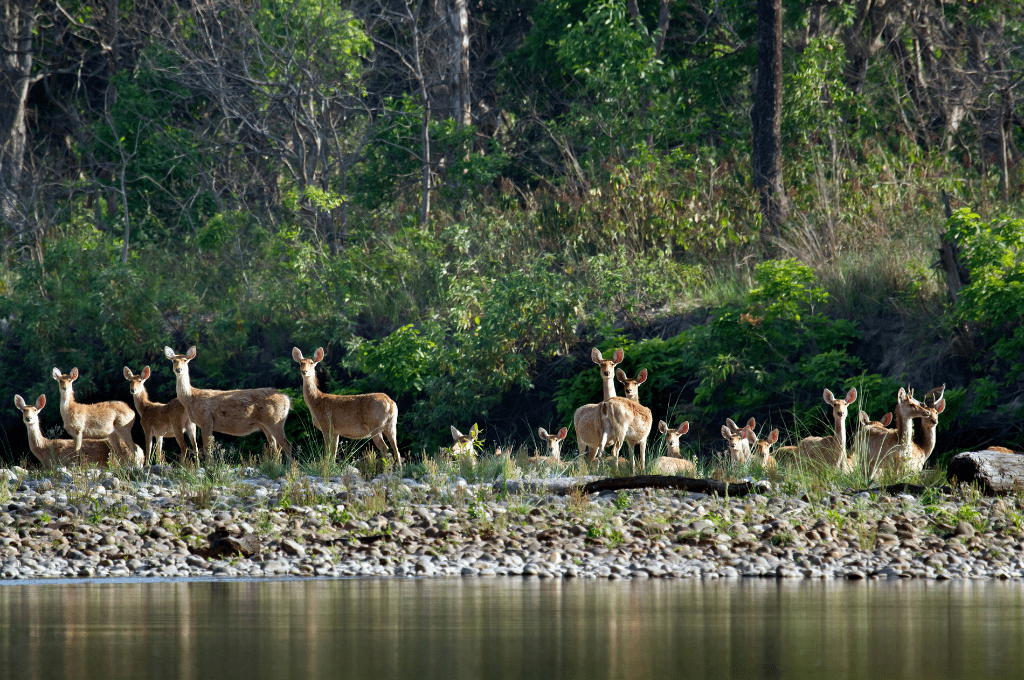
Within the park’s embrace, an extraordinary opportunity awaits, allowing you to immortalize endangered bird species like the majestic giant hornbill and protected mammals and reptiles through the lens of your camera. Prepare to witness an array of captivating sights, all waiting to be captured in stunning frames.
The park’s aquatic wonderland, with shimmering lakes like Rani Lake, presents a perfect backdrop to showcase the vibrant terrestrial flora and fauna. Vast open grasslands teem with untamed wildlife, creating picturesque scenes that beckon to be captured. As the mighty Mahakali River gracefully flows alongside the park, it adds a touch of enchantment to your photography experience.
Be mesmerized by the world’s largest herd of wildebeest, harmoniously grazing in the vast expanse of the world’s largest grassland—an attraction that captures the hearts of visitors who venture to this far west region of Nepal. Among the protected areas in Nepal’s Terai region, this park boasts the highest number of plant species, and though it may be smaller in size, it harbors an abundance of rare and wondrous wild animals and birds. Notably, the conservation efforts have successfully revived populations of Kharmayur and Blackbuck species.
Undoubtedly, your photography journey here will be nothing short of fascinating. Every click of the camera will narrate a tale of the untamed, a symphony of nature’s marvels unfolding before your eyes. So, seize the moment, and let the magic of photography capture the essence of this extraordinary experience.
4. Dodhara Chadani Suspension Bridge Observation

Behold an architectural marvel that proudly stands as the second-longest suspension bridge in South Asia and holds the prestigious title of Nepal’s longest, spanning an impressive 1.5 km. The Dodhara Chadani Suspension Bridge, named after the neighboring villages of Dodhara and Chadani, captivates the hearts of travelers from every corner of the world.
This iconic bridge has become a magnetic force, drawing throngs of local visitors from Nepal’s far west, eager to capture its breathtaking beauty in photographs and create captivating TikTok videos. Its fame resonates across the nation, celebrated and admired by people of all backgrounds.
As the gentle waters of the Mahakali River flow gracefully beneath, the bridge’s unique design seamlessly blends with the surrounding landscape, adding to the allure that entices both local and foreign tourists year after year. With each passing season, the number of enchanted visitors only grows, solidifying its position as a premier tourist destination in the entire Kanchanpur district.
The Dodhara Chadani Suspension Bridge weaves its way into the hearts of all who venture here. Students from diverse regions journey for educational purposes, while others seek blissful picnics and soul-stirring sightseeing, enchanted by the timeless charm of this architectural gem.
During the summertime, neighboring districts send a wave of visitors, drawn to the bridge’s embrace, where they revel in the cool embrace of the Mahakali River below, savoring precious moments of joy and partaking in delightful refreshments.
Step onto this magnificent bridge, and you’ll find yourself immersed in an enchanting tapestry of experiences, where nature’s beauty intertwines seamlessly with human ingenuity. Dodhara Chadani Suspension Bridge stands as a testament to Nepal’s allure, inviting all to behold its grandeur and create cherished memories that will last a lifetime.
Also, Visit city from Far West Nepal: Travel Destinations and Things to do in Dhangadhi
How to get to The Park
Shuklaphata National Park is conveniently accessible by road from any part of Nepal. While it has yet to gain widespread recognition among foreign visitors who tend to flock to Pokhara, Lumbini, and Chitwan National Park, it remains a beloved destination for local visitors and those arriving from neighboring parts of India.
Indian visitors can easily access the park through the Gadda Chauki border in Kanchanpur or the Gauriphanta border in Kailali. However, it is worth noting that some Indian visitors traveling through the western Gaddachouki border often skip the park and proceed directly to popular tourist destinations like Pokhara and Kathmandu.
For those who want to visit Shuklaphata National Park, if you board at Tribhuvan International Airport, you can take a bus ride from Kathmandu straight to Mahendranagar and then to park territory, it’s about 700 km and about 18 hours rides. Even you have an easier option of taking a flight to Dhangadhi airport which will take you about 45 minutes of flight. After that, you can take a local bus to get to Mahendranagar and then to the park coving a distance of about 64 km. Majhgau airport next to Shuklaphata National Park is currently closed.
